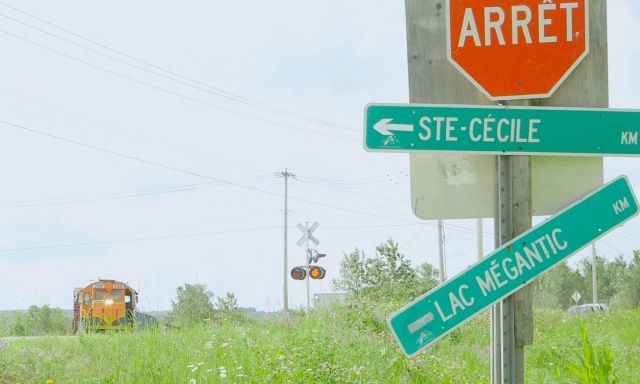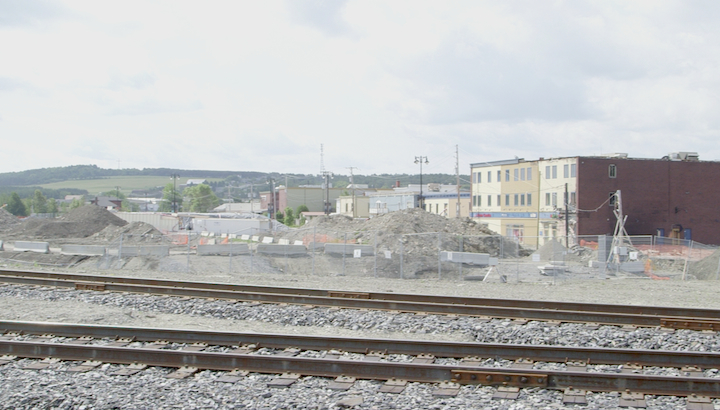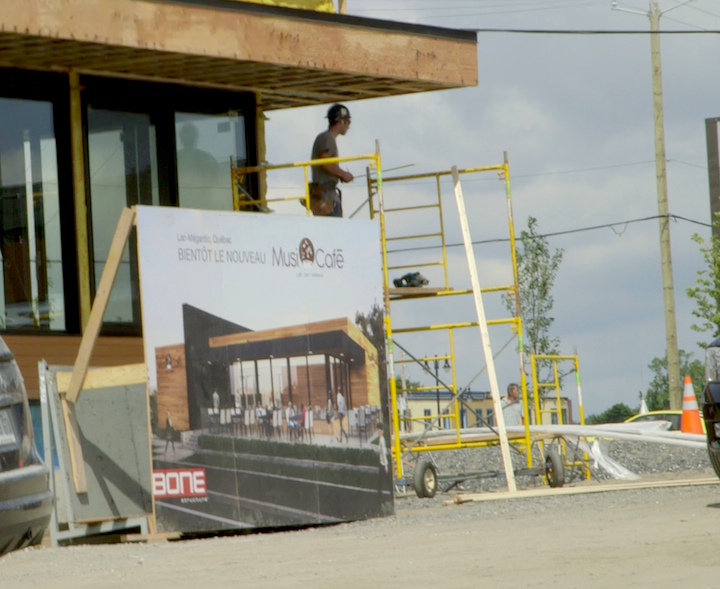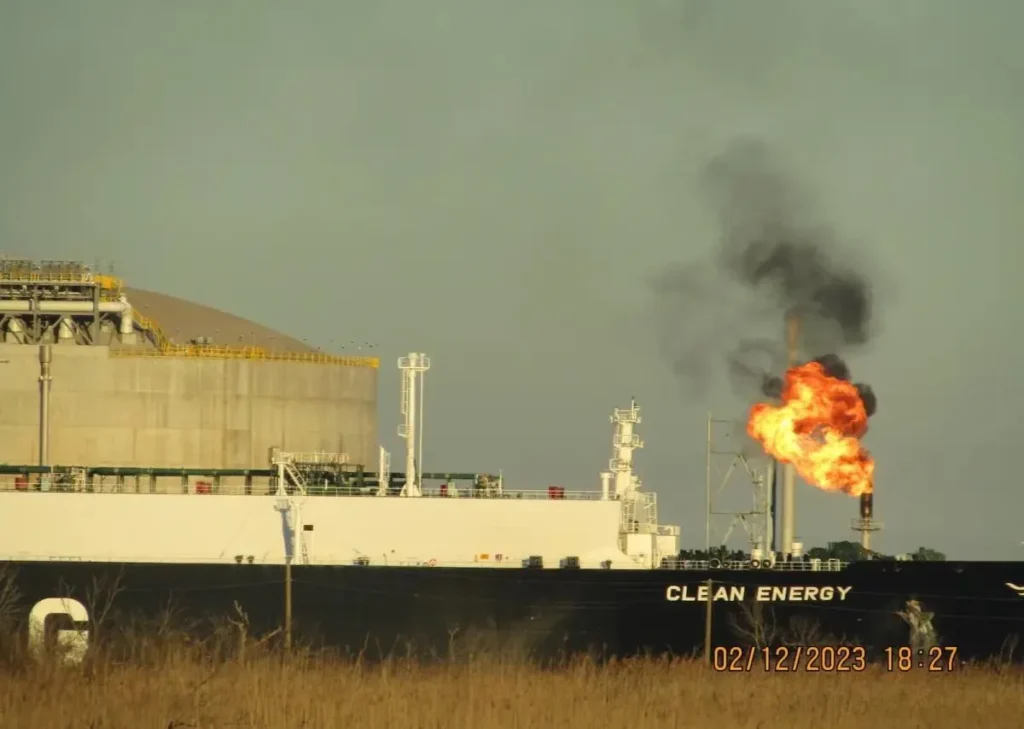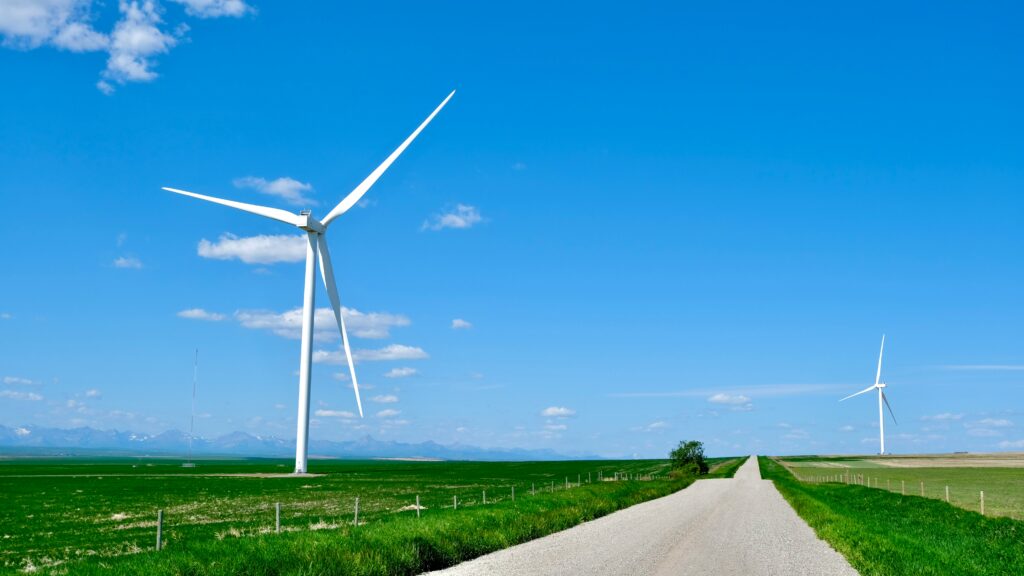“We’re seeing strong growth. We’re seeing some large accounts come back. The future is bright.”
According to the Portland Press Herald, that was the assessment of the future by Ryan Ratledge, the current chief operating officer for Central Maine and Quebec Railway, the railroad that runs through Lac-Megantic, Quebec.
Central Maine and Quebec Railway is the new name of the railroad that was operating the train that caused the oil train disaster in Lac Megantic in July 2013 that resulted in the death of 47 people. As DeSmogBlog reported previously, cost cutting measures by the railroad were directly linked to the cause of the accident.
After the accident, the railway declared bankruptcy and the assets were purchased by Fortress Investment Group, which currently manages over $66 billion in assets.
The oil trains will start rolling through downtown Lac-Megantic again by 2016. Other “dangerous goods” are already being shipped on the railway.
While many see the tragedy in Lac-Megantic as a dire warning about what happens when the lust for profit goes unregulated with no regard for the environment or safety, for the multi-billion-dollar hedge fund Fortress, it is just another success story. Every crisis is an opportunity. Disaster capitalism works.
Meanwhile in Lac-Megantic, the future isn’t quite so bright. The oil that spilled there contaminated much of downtown. And while the train tracks have been rebuilt, downtown has not.
Rebuilt tracks in downtown Lac-Megantic in blast zone. Photo by Justin Mikulka.
The reopening of the Musi-Cafe, where many of the victims of the accident were that night, was announced this month. But the cafe isn’t reopening in the downtown area where it had been located. While the cafe was being built this year in a new commercial strip mall development above the town where businesses have relocated, the cafe’s original location was still a fenced-off work site where contaminated soil was being removed by the truck load.
Musi-Cafe being rebuilt in new location. Photo by Justin Mikulka.
And while the Musi-Cafe is opening, owner Yannick Gagne is still very much impacted by what happened on July 6, 2013. Gagne told the International Business Times that there are still some people who will look away from him when they see him on the street. “I know it’s normal, but it puts a lot of pressure … I’m not the devil, I didn’t put the train inside the Musi-Café.”
He also didn’t put the oil into the Chaudiere River, a beautiful river that flows out of Lac-Megantic and is popular with fisherman. This year, on the one-year anniversary of the accident, the people of Lac Megantic released 5,000 new trout into the lake, but cleaning up oil spills takes more than just putting new fish in the water.
Steve St-Pierre has been fishing the Chaudiere River his whole life and the river he knew no longer exists.
“No one comes down here anymore, and why would they?” St-Pierre told the Montreal Gazette. “Last year I led tourists on fishing trips all the time and that hasn’t happened yet this year. People still fish the lake but the river is pretty dead.”
100,000 liters of oil contaminated at least 30 kilometers of Chaudiere River. Photo by Justin Mikulka.
As the town recovers, the lawsuits also continue. The deadline for filings in the bankruptcy case is January 15, 2015. The goal was to get $500 million in compensation. So far the expected amount is $200 million.
So the oil trains will be back in Lac-Megantic by 2016 running on the same dangerous route as always. Residents had proposed rerouting the tracks around the town but that would have cost Fortress Investment Group money they weren’t willing to spend.
And there isn’t much hope for a town the size of Lac-Megantic to make this happen when the mayor of Toronto is not having any luck keeping the oil trains out of his major city.
While the U.S. is supposed to release new oil-by-rail regulations as soon as January 15, 2015, it remains to be seen when they will go into effect. And as reviewed on DeSmogBlog earlier this year, the regulations do very little to make the people living in the bomb train blast zones any safer.
There were two critical safety items that would have avoided or greatly reduced the damage in Lac-Megantic, from the train and oil that originated in the U.S.—properly securing the train so it didn’t roll down the hill into town, and not having explosive oil in the tank cars.
In September, the U.S. Federal Railroad Administration announced a Proposed Rule to Prevent Unintended Movement of Trains. Something as simple as making sure trains full of explosive oil have to be secured is still in the proposed rule stage.
That means it will not be part of the new regulations that are supposed to be out on January 15. It also means that lobbyists will be able to schedule private meetings with the regulators at the Office of Information and Regulatory Affairs for the next several months to influence any final new regulations on securing trains, just like they did this year when they worked against any new oil-by-rail regulations.
One other safety factor not addressed in the new regulations is the actual oil and how it is more explosive than traditional crude oil.
After the Lac-Megantic disaster tests showed that the oil—which was from the Bakken shale formation in North Dakota—was as explosive as gasoline, something that is not true about most crude oils but that is a characteristic of oil obtained by fracking tight shale formations like the Bakken. And that explained why downtown Lac-Megantic was consumed by explosions and fire.
After the new proposed federal regulations completely failed to address the issue of the Bakken oil’s volatility, there was still hope that North Dakota regulators would require the oil to be stabilized prior to shipment in rail cars.
Those hopes were dashed last month when North Dakota regulators released new “standards” allowing oil significantly more volatile and dangerous than the oil involved in the Lac-Megantic accident.
So when the oil trains return to Lac-Megantic in 2016, they can still carry the same dangerous oil they did in 2013—in the same unsafe rail cars. No executives of any rail or oil corporation will have been charged with any wrongdoing.
Just as BP is currently promoting that it’s “back to work in the Gulf of Mexico”, the future is indeed bright for the oil and rail companies who will be running oil trains through Lac-Megantic.
The same can’t be said for the 25 million people who, like the people of Lac-Megantic, continue to live in the blast zones of the bomb trains.
Photo credits: Justin Mikulka.
Subscribe to our newsletter
Stay up to date with DeSmog news and alerts


